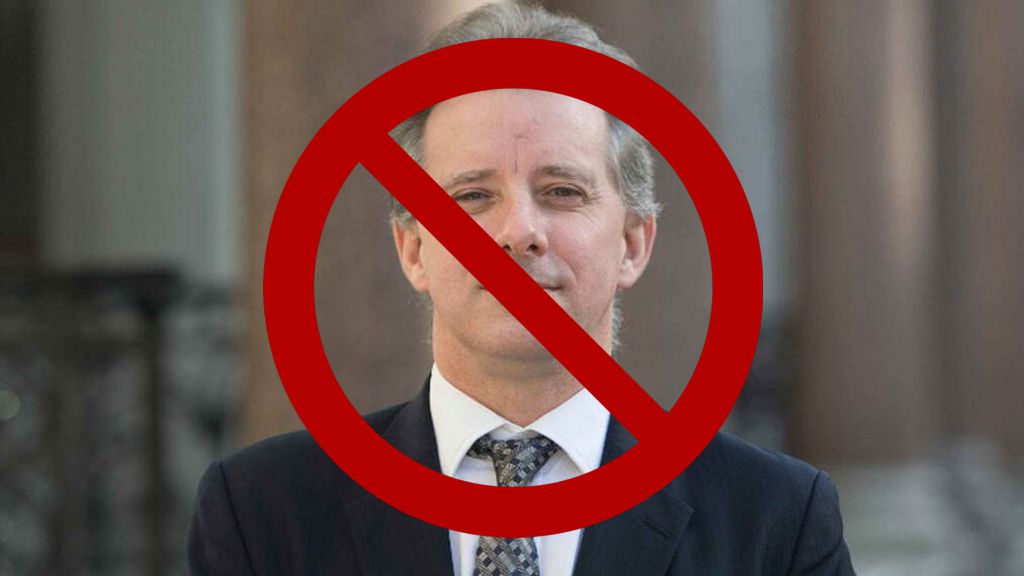As Ronald Reagan foretold a generation ago, it is morning again in America. Today’s booming economy, under President Donald J. Trump, stands in stark contrast to the stagnation and volatility Americans endured over the past decade.
It is one of our Nation’s bedrock beliefs that America is the Land of Opportunity. Every street in every city, every stretch along every country road, should indeed be a zone where opportunity calls home.
In pursuit of that bold ideal, Opportunity Zones were created under the 2017 Tax Cuts and Jobs Act to stimulate economic development and job creation, by incentivizing long-term investments in low-income neighborhoods.
Few programs in modern American history have the potential to touch the lives of so many people as powerfully as Opportunity Zones, which are now home to approximately 31.3 million Americans in all 50 states and the District of Columbia — or roughly 10% of the country. An additional 3.7 million people reside in Opportunity Zones in five U.S. territories.
As a doctor, I know all too well medication often involves a trade-off between solutions that are fast-acting and those that are long-lasting. One of the most commendable features of Opportunity Zones’ intelligent design is that they achieve the best of both worlds.
The fast-acting impact of Opportunity Zones is evident from the fact that we have already heard positive reports from city officials that anticipated investments in Opportunity Zones have helped preserve or attract economic development into their localities. Further, data from Zillow shows the negative growth rate of property sales prices in selected vulnerable communities, prior to the Trump tax cuts, flipped to a positive growth rate of 20 percent following Opportunity Zones designation.
But Opportunity Zones also deliver long-lasting solutions by structuring rewards to serve local communities for the long-term. Only investors who commit capital for five, seven, and ten years receive the tax law’s formidable financial benefits. That means new growth becomes consistent growth, and new jobs become steady jobs.
Read Full Op-Ed on RealClearPolicy.com







